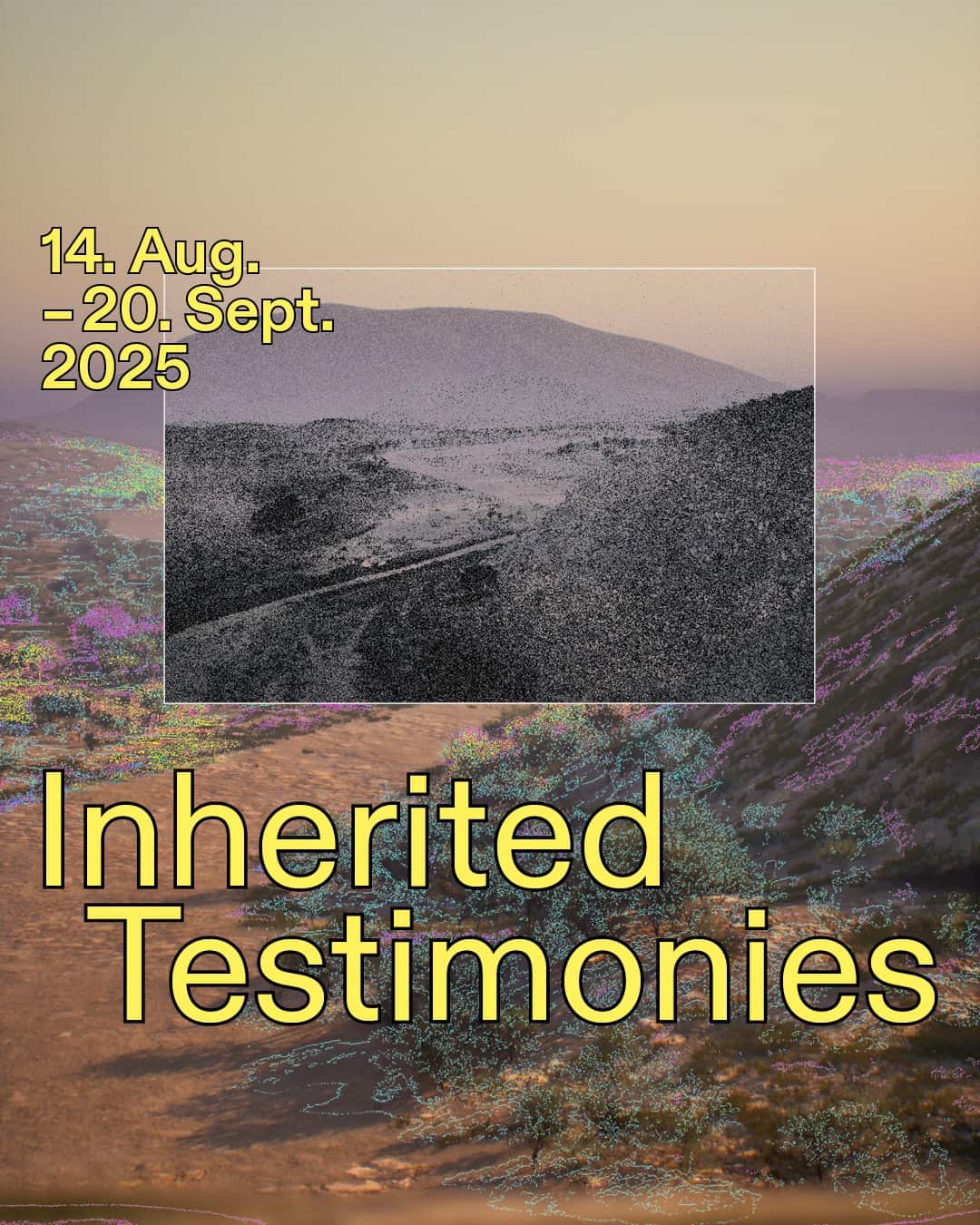Venue
Date
Exhibition Type
This exhibition, the result of multi-year collaborations with Ovaherero and Nama traditional leadership and genocide activist groups, presents our collaborative research in its entirety for the first time.
Traces of the German colonial genocide endure in the memories and oral traditions of the descendants of the victims, and in Namibia’s transformed environment.
Weaving together the lived knowledge of the affected communities with advanced digital research practices, these collaborative projects endeavour to bring those traces to the surface, by reconstructing key geographies relating to the genocide: the extermination camp at Shark Island; concentration camps in Windhoek and Swakopmund; the sites of massacres at ||Nâ‡gâs (known today as Hornkranz) and Otjozondjupa (Waterberg); and finally, the natural environments forever altered by a century of dispossession.
This exhibition examines the evidentiary traces registered in rocks, sands, wind, and vegetation, and undertakes critical ‘counter-readings’ of colonial-era photographs, re-narrated through inherited stories. In so doing, these works expose critical gaps in the historical archive. In bringing visibility to the overlooked and erased histories of the genocides as told by their survivors, the exhibition seeks to support those communities’ calls for manifold forms of repair, recognition, and remembrance.
